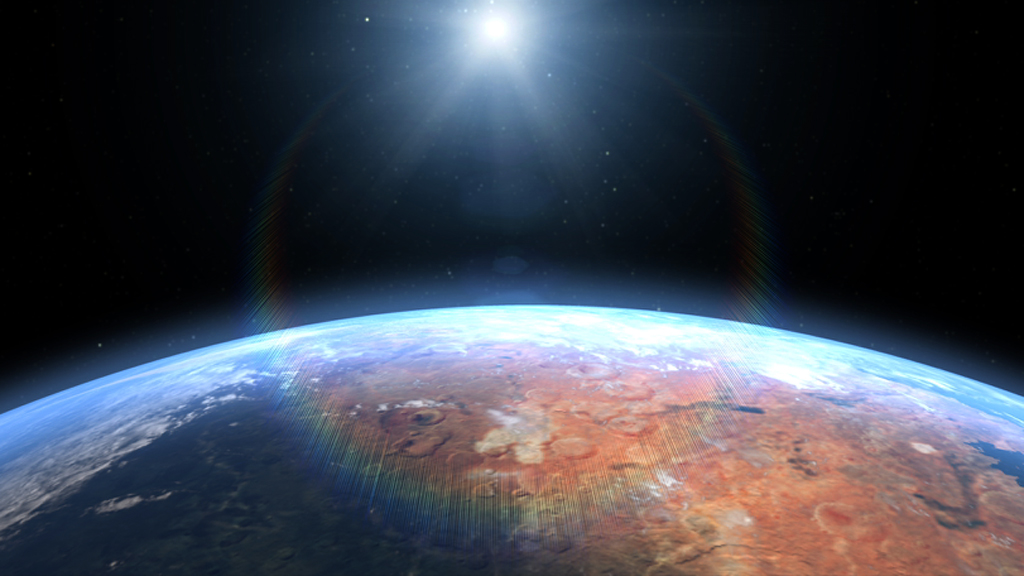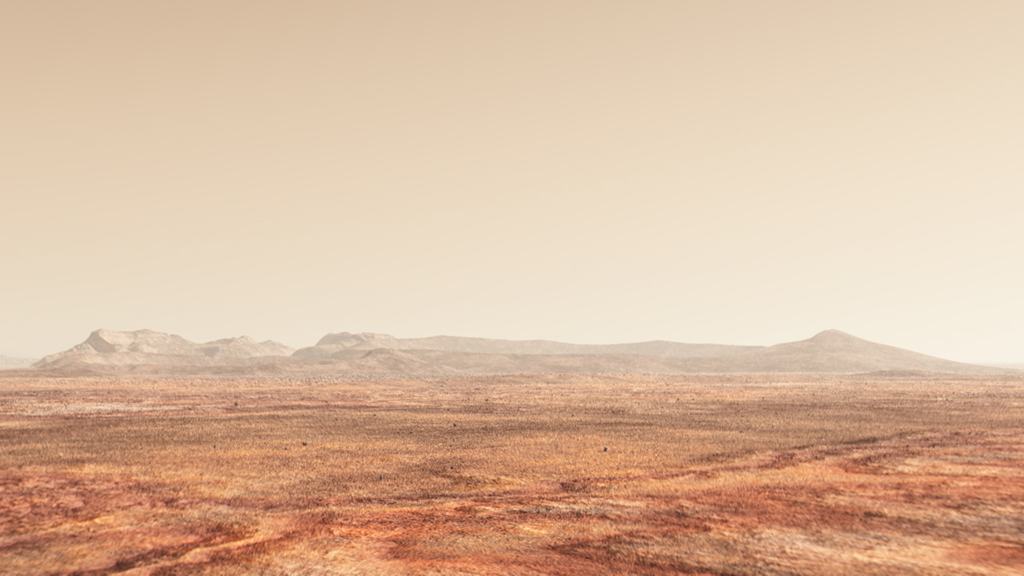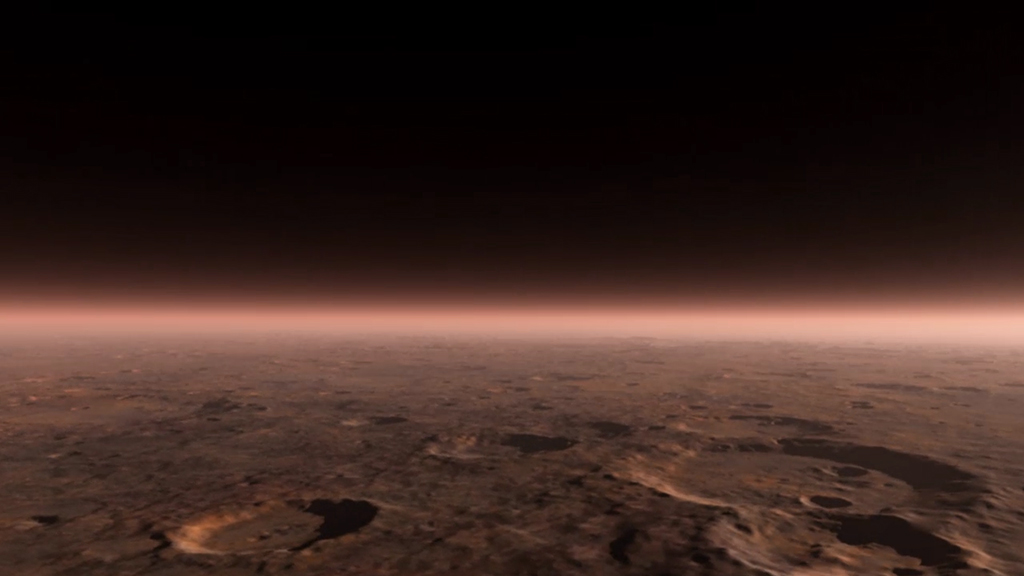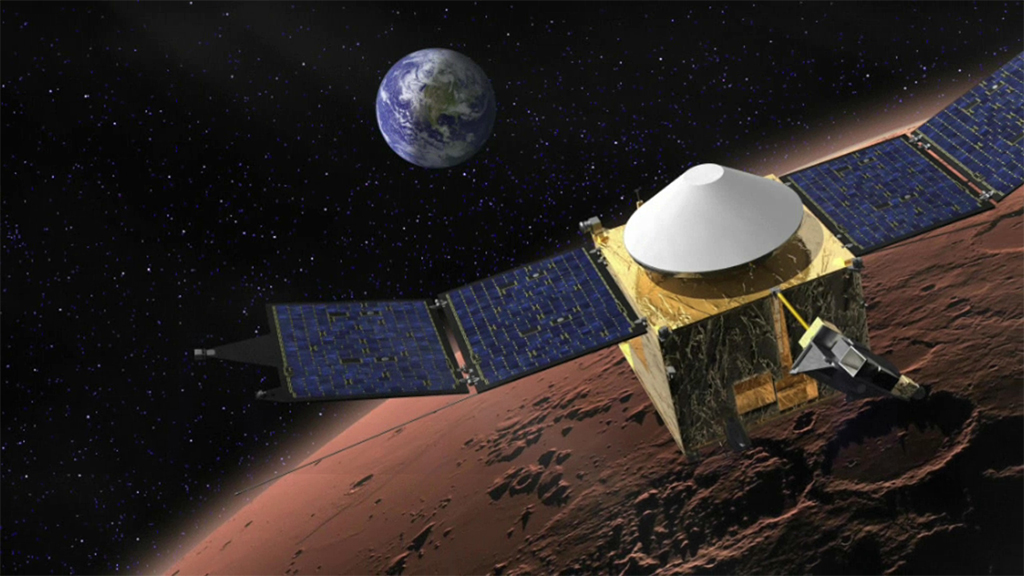Planets and Moons
ID: 11372

What does catastrophic climate change look like? Mars can help answer that question. The Red Planet today is a desert world, cold and dry. Billions of years ago, however, Mars probably had a thick atmosphere that kept the planet warm enough to have water flowing on the surface. To investigate how Mars lost that abundant atmosphere, NASA launched the Mars Atmosphere and Volatile Evolution (MAVEN) spacecraft on November 18, 2013. The spacecraft will orbit Mars and examine the processes that are stripping away what remains of the planet’s fragile upper atmosphere. Understanding what happened on Mars will give us new insight into the habitability of planets and global climate change. Watch the video to see what Mars's radical transformation might have looked like.



Mars Evolution




Related Story
For More Information
Story Credits
Visualizer/Animator:
Michael Lentz (USRA)
Producers:
Dan Gallagher (USRA)
David Ladd (USRA)
Lead Scientist:
Bruce Jakosky (LASP)
Lead Writer:
Elizabeth Zubritsky (ADNET)
Michael Lentz (USRA)
Producers:
Dan Gallagher (USRA)
David Ladd (USRA)
Lead Scientist:
Bruce Jakosky (LASP)
Lead Writer:
Elizabeth Zubritsky (ADNET)
Please give credit for this item to:
NASA's Goddard Space Flight Center
NASA's Goddard Space Flight Center
Short URL to share this page:
https://svs.gsfc.nasa.gov/11372
Keywords:
SVS >> App
NASA Science >> Planets and Moons
https://svs.gsfc.nasa.gov/11372
Keywords:
SVS >> App
NASA Science >> Planets and Moons








